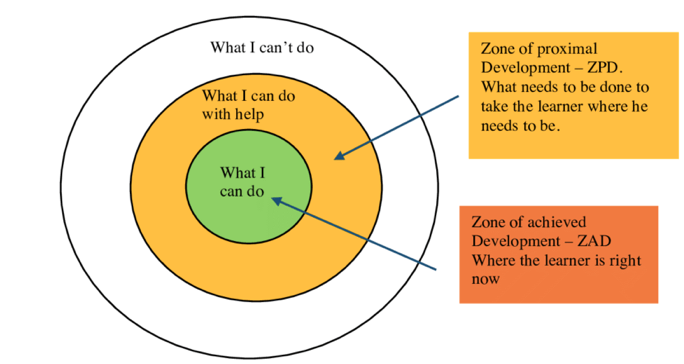Look Beyond the Behavior
Amygdala
Did you know that the brain feels before it thinks? The amygdala (think 'fight or flight' part of the brain) receives stimuli 40 milliseconds before the cortex (the thinking part of the brain) (LeDoux, 1996).
What this means is that stress impedes learning. It is imperative that educators connect with their students and work to create a learning environment for them that positively impacts their learning.
In REDUCING STRESS: HELPING TWICE-EXCEPTIONAL STUDENTS UNDERSTAND THEIR EXCEPTIONALITIES , Patricia Schuler looks specifically at our 2e learners and stress and ways to help 2e children deal with them. Practical suggestions like stress boxes and what's on your plate provide strategies for students to learn about their stress. Books that support students and the stressors they may feel are also suggested in her article.
Here is a quote from her article:
Twice-exceptional (2e) children live a daily struggle trying to understand themselves and the educational world they face. We often hear their frustration, anger, stress, anxiety, and denial. We often see their depressive symptoms, fear of failure, dependency, and social distress. They struggle to maintain a precarious balance between dealing with the expectations of being gifted and desperately trying to cope with learning, emotional, and social difficulties.
In a poll where kids were asked what caused them the most stress, this is what came up: grades, school, homework (36%); family (32%); friends, peers, gossip, teasing/bullying (21%) (Kidshealth, 2016).
Twice-exceptional students report that they experience
anger, frustration, and resentment because of recognizing the discrepancy
between their potential and their social and academic problems, which can
further influence relations with peers. They
know they are capable of high-level thinking and insight, but they cannot
express or demonstrate these adequately due to their disabilities. Some common social &
emotional stressors 2e students MAY face include:
Being aware of this emotional toll is critical in helping 2e students. Equally important is recognizing the emotional issues they’re apt to encounter at each stage of school. In the book To Be Gifted and Learning Disabled, Drs. Baum and Owen provide a framework for these issues. At the elementary level, fear of embarrassment and looking stupid in front of peers is paramount. Middle and high school students may experience feeling overwhelmed, isolated, and alienated along with the fear of failure or success, and fear that their disability will be exposed. At all levels, these children can experience a lowered sense of self-efficacy, negative perception of self-worth, frustration, procrastination, underachievement, anger, anxiety, and depression.
Besides stress, 2e learners have some social-emotional risk factors (asynchronous development, uneven abilities, overexcitabilities) that have the potential to also create low self-esteem. (Some indicators of low self-esteem are: anger and disruptive behaviors, self-criticism, crying, withdrawal, apathy, daydreaming or lost in fantasy, denying problems, and depression).
THINK: Does any of this pertain to your student?
What can you do?
To simply a complex endeavor, remember that 2e learners need 1) relationships and 2) relevance throughout their school day. There is a great deal of research that shows that relationships are crucial for all learners but are especially important for learners who are academically or affectively at risk. Relevance means that instruction is at the student's "Zone of Proximal Development," and they understand why they are learning whatever it is.

For more information see ZPD on NEA -- optional
Relevance is a problem for many gifted students because they continue to be asked to do things they mastered years ago. Relevance can also be a problem when high-level conceptual understanding--higher order thinking--clashes with a disability, such as dyslexia, and the student is continually given low level content in order to master decoding skills.
Another essential element in meeting the educational needs of students who are 2e is to provide instruction that emphasizes students’ strengths and interests while remediating their learning deficits - dual differentiate, but focus on strengths first. The self-concept scores of learning disabled (LD) students who were also receiving gifted services were significantly higher than those receiving services for their learning disability only.
Here are some readings that may be of interest: (Optional - FYI - bookmark for later use)
- “Gifted Kids at Risk: Who’s Listening?” (Dr. Pat Schuler).
- “The Problem of Procrastination” (T. Quek)
- “Addressing the Social and Emotional Needs of Twice-Exceptional Students” (Emily Williams King)
- “The Affective Side: Emotional Issues of Twice-Exceptional Students” (Jean Strop and David Goldman)
- The Social/Emotional Needs of Twice-Exceptional: What do we know? Maureen Niehart
- Overexcitability and the Gifted (Sharon Lind)
- Guiding Students with High Abilities: Social and Emotional Considerations (Indiana Department of Education)